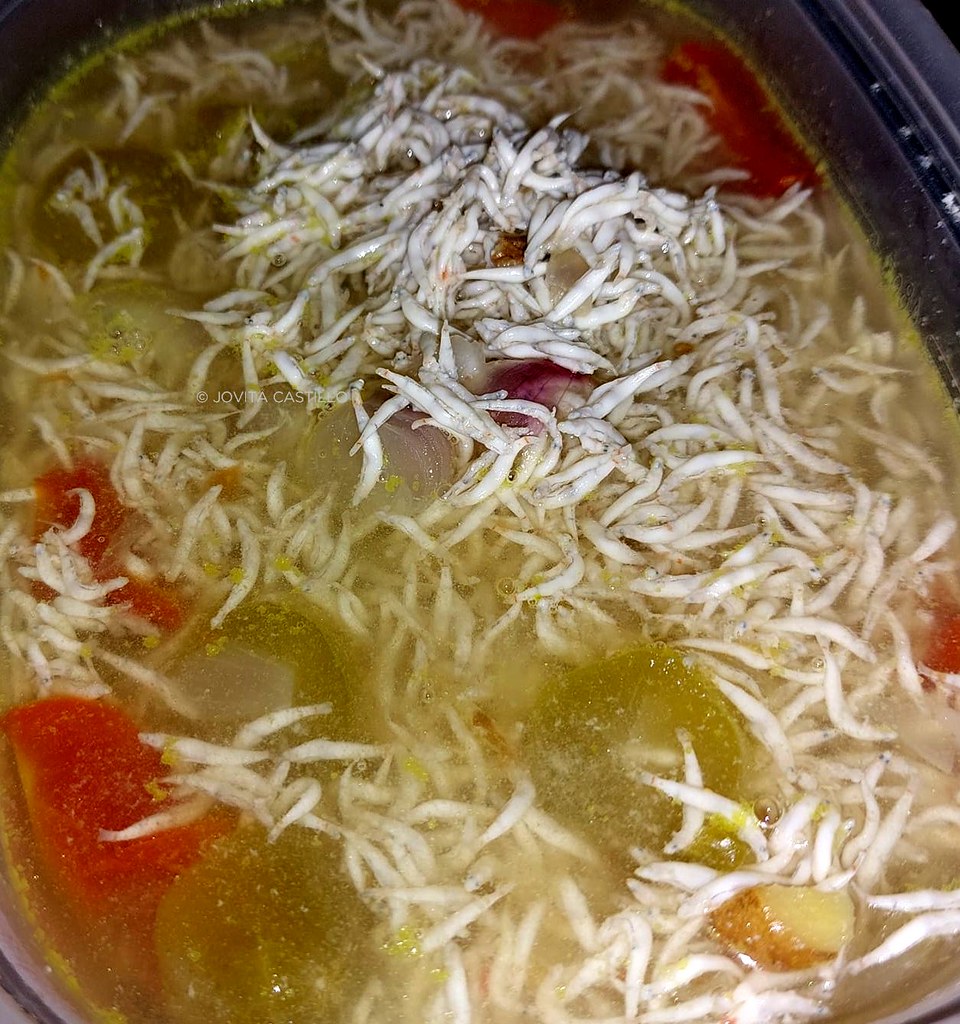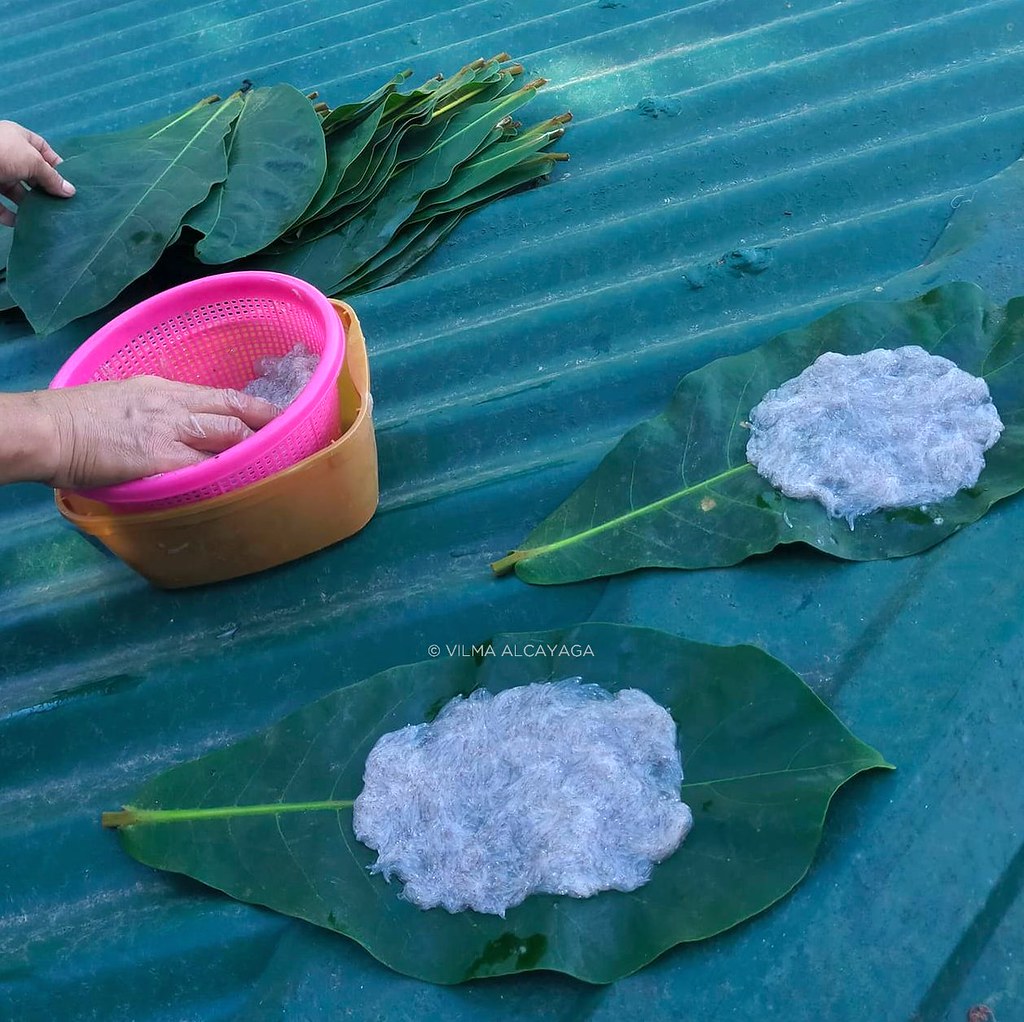This is
"kilawen a kalding" (
"kilawing kambing" in
Tagalog) or goat's singed/burnt skin and grilled meat and liver chopped
and spiced and made into a kind of "salad." An Ilokano dish, it is kind
of "exotic" to others but is a popular goat dish throughout the
Philippines. What's distinctly Ilokano about it is that Ilokano folks,
used to bitterness, err, bitter food, usually season it with the goat's bile or the
pespes (extract of the undigested grass) itself.
Let's
take a look at the mystery of this authentic Ilokano delicacy... Here's
the goat's skin/hide, its hair singed, cleaned, this is slightly boiled
to tenderize the hide:
And this is the meat and the liver, slightly grilled and so it's succulent and sweet:
Chopping time!
Chopped goat goodies:
And
spiced with onions, ginger, salt, some vinegar (calamansi juice is
more preferred), chili if you prefer it really spicy, and pour in some bile or
pespes and thoroughly mix the whole lot and it's ready. This is the best for
pulutan or finger food for drinks!
Related dish:
~~~~~






































































